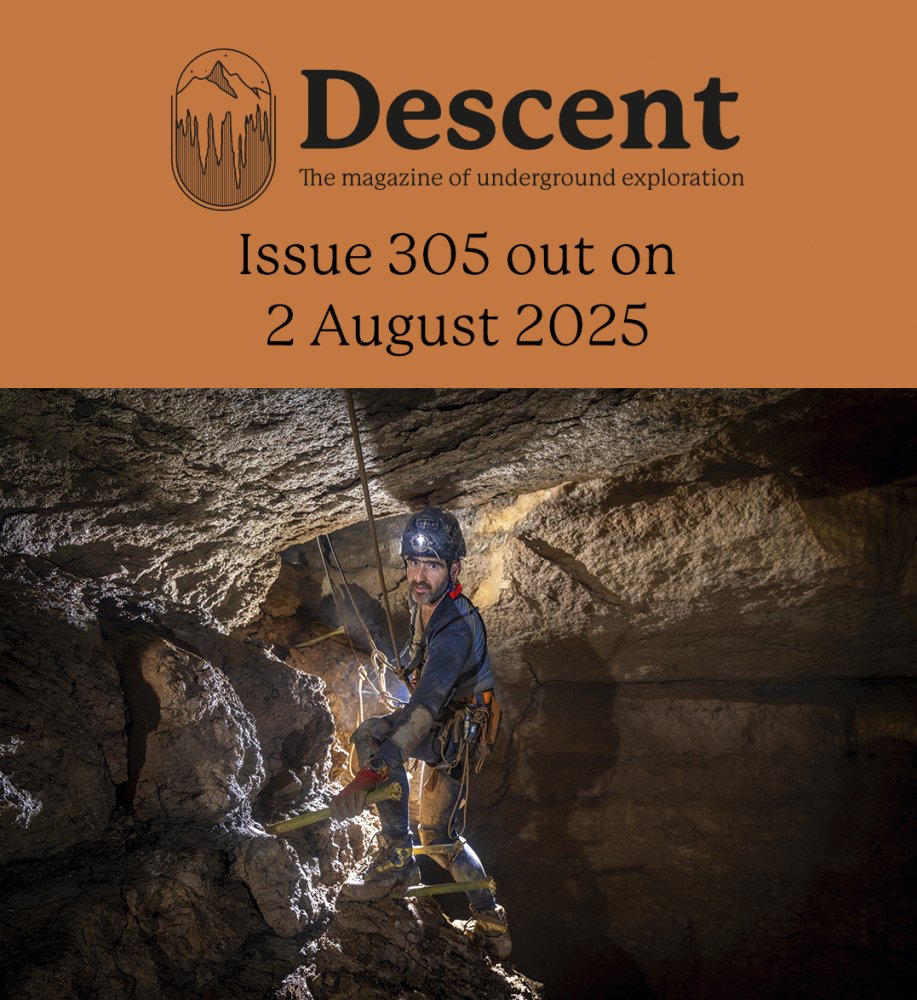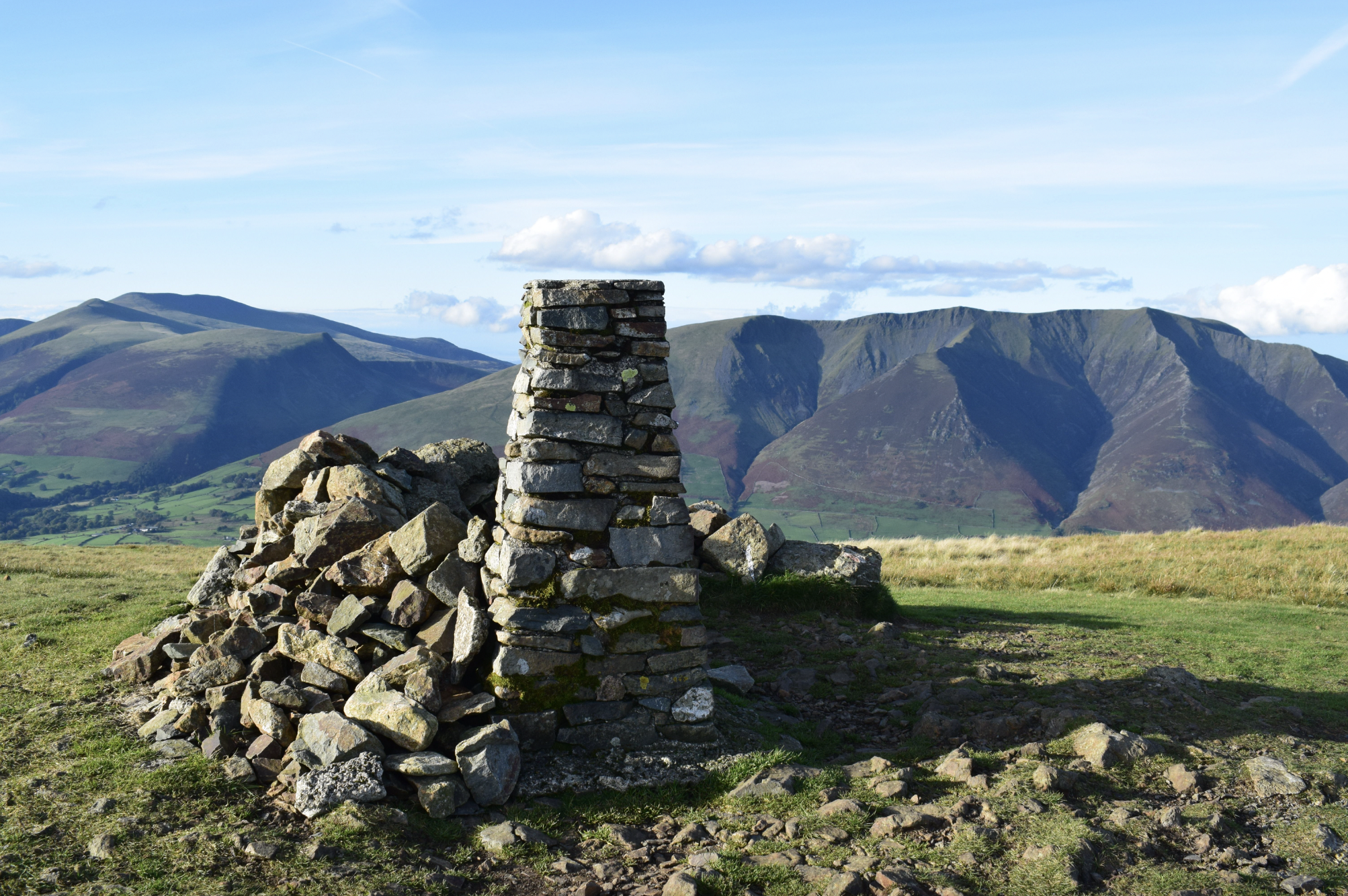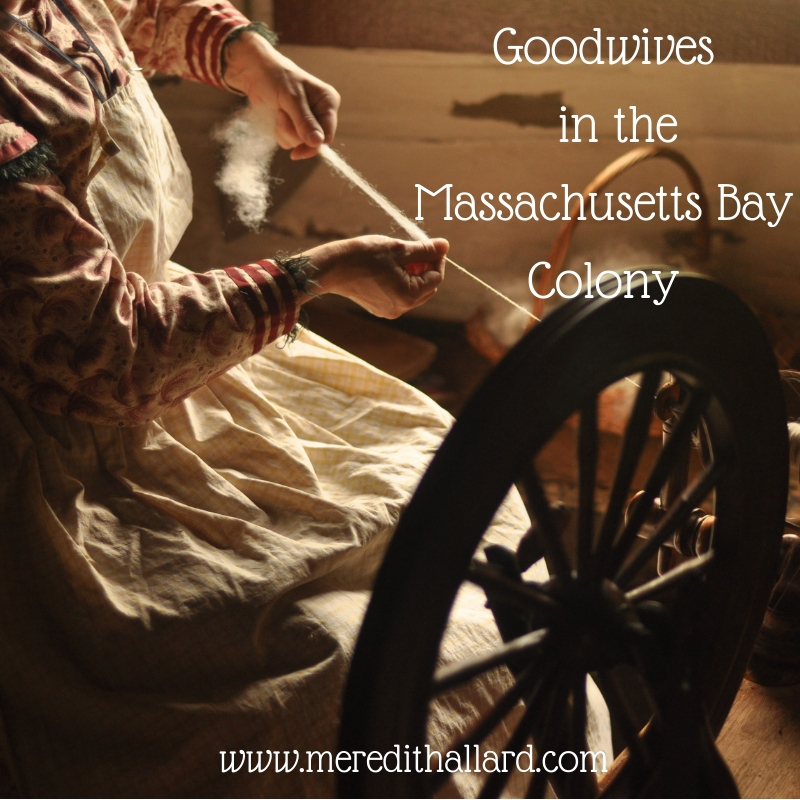This is the perhaps the best suggestion yet.
'Wyth' most likely derives from
wīðig which is OE for a strong willow stem but has also been used historically to refer to willow in general. (
https://epns.nottingham.ac.uk/browse/Cumberland/Wythop/532847f8b47fc408f9001059-Wythop)
It would make sense given that montane willows were once extremely common in the northern uplands and in the Dales (source: I work in woodland conservation and am running a project on montane willow restoration). Montane willows exist on Ingleborough to this day, usually on crags where they are protected from deer and sheep.
'Grey wife' could thus translate to 'grey willow' which is a type of willow.
Braithwaite means a broad clearing so is also tree related.
Willow would also work as a substitute for 'old wife ridge' and 'wife park'.
It might be that
wīðig evolved to
wife in this area and
wyth in others. There are some records of broad Yorkshire dialect including consonant changes such as 'th' being pronounced as 'f' or 'v' (known as 'th-fronting'). Sadly we have no records going back far enough to testify this.
'
ī' in
wīðig is pronounced 'ee' and was unaffected by the i-mutation, however that doesn't rule out the option of mutation occurring on a local scale over the centuries.









